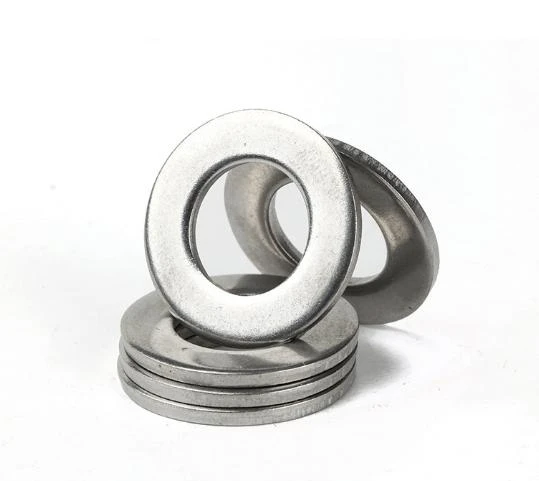

Shear Bolt Solutions for Rotary Cutter Performance Optimization and Safety Enhancements
Des . 23, 2024 17:36 Back to list
Shear Bolt Solutions for Rotary Cutter Performance Optimization and Safety Enhancements
Understanding Rotary Cutter Shear Bolt A Key Component in Agricultural Machinery
In the realm of agricultural machinery, rotary cutters play a vital role in land management and maintenance. These robust devices are designed to efficiently cut through grass, brush, and other vegetation, making them essential tools in farming, landscaping, and land clearing. One critical component that ensures the safe and efficient operation of rotary cutters is the shear bolt. In this article, we will delve into the significance of the shear bolt in rotary cutters, its functions, and the maintenance practices to extend its lifespan.
What is a Shear Bolt?
A shear bolt is a specific type of fastener designed to break under a predetermined load. In rotary cutters, these bolts are strategically placed to connect the rotary cutter blade assembly to the machine's gear drive system. Their primary purpose is to protect the equipment from damage that can occur if the blades encounter an obstacle that the force of the machine cannot overcome. Instead of transmitting excessive torque to the engine or causing catastrophic failure, the shear bolt will fail first, acting as a safety mechanism.
Functionality of Shear Bolts in Rotary Cutters
The shear bolt operates based on the principle of controlled failure. When the rotary cutter comes across a solid object—such as a large rock or a piece of wood—the resistance may cause a sudden spike in torque. If this torque exceeds the shear strength of the bolt, the bolt will shear off. This sequential failure stops the blades from rotating without damaging the gearbox, motor, or other critical components of the rotary cutter.
This design is integral not only for protecting the cutter itself but also for ensuring the safety of the operator and bystanders. If the shear bolt did not perform this function, excessive force could lead to a more severe malfunction that might result in injurious debris being ejected from the machine.
Choosing the Right Shear Bolt
rotary cutter shear bolt

Selecting the appropriate shear bolt for a rotary cutter is crucial. Shear bolts come in various grades and materials, with specific shear strengths engineered for different applications. Manufacturers often provide recommendations based on the machine's size, type of vegetation being cut, and operating conditions.
Using a shear bolt with incorrect specifications can lead to problems a bolt that is too weak may shear too easily during normal operation, while one that is too strong may not shear when it should, risking damage to surrounding components. Operators must consult their equipment manuals and possibly work with manufacturers to ensure they are using the correct shear bolt for their specific rotary cutter.
Maintenance and Replacement
Regular maintenance is essential to ensure the reliability of shear bolts. Operators should routinely inspect the shear bolt for signs of wear or damage. If a shear bolt is frequently breaking, it may indicate that the blade is dull, requiring sharpening or replacement, or that there are operational issues that need to be addressed.
When replacing shear bolts, it is critical to use the correct fasteners as specified by the manufacturer. Avoiding the temptation to use cheaper or easily available alternatives can prevent future problems. Furthermore, after a shear bolt has been replaced, operators should check the machine’s calibration and alignment to make certain everything is functioning smoothly.
Conclusion
In summary, shear bolts are a pivotal component of rotary cutters, offering a safety mechanism that protects both the machine and the operator. Understanding their function, selecting the proper shear bolt, and maintaining these critical fasteners is essential for the efficient operation of rotary cutting equipment. By adhering to these practices, operators can ensure that their equipment remains dependable and effective, ultimately leading to improved productivity in land management tasks.
Latest news
-
Premium Fasteners Manufacturer | AI-Driven Solutions
NewsAug.01,2025
-
Hot Dip Galvanized Bolts - Hebei Longze | High Strength, Corrosion Resistance
NewsAug.01,2025
-
High-Strength Hot Dip Galvanized Bolts - LongZe | Corrosion Resistance, Custom Sizes
NewsAug.01,2025
-
Best Self Tapping Screws for Drywall - Fast & Secure Installation
NewsJul.31,2025
-
High-Strength Hot Dip Galvanized Bolts-Hebei Longze|Corrosion Resistance&Customization
NewsJul.31,2025
-
Hot Dip Galvanized Bolts-Hebei Longze Metal Products|Corrosion Resistance&High Strength
NewsJul.31,2025

